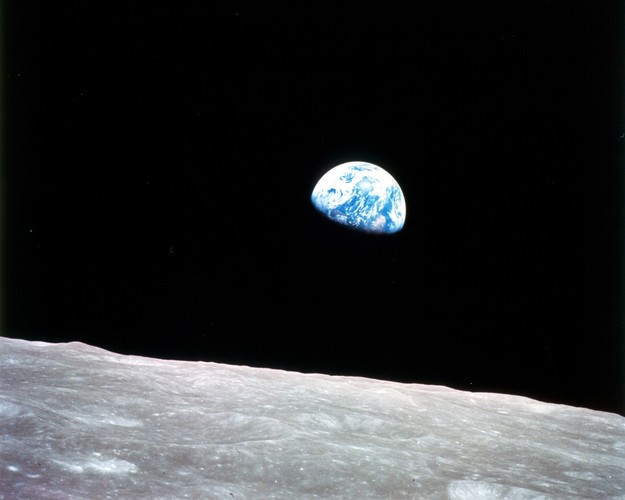The Wrack
The Wrack is the Wells Reserve blog, our collective logbook on the web.
The Wrack is the Wells Reserve blog, our collective logbook on the web.
 On December 24, 1968, the Apollo 8 mission team shared this photo of Earth as seen from orbit around the moon. This photograph has since been credited with igniting the second wave of modern environmentalism in the United States, as people realized that the Earth was a small and unique oasis in the vastness of the universe. While modern American environmentalism has come a long way, it has slowed from a speed run to a painstakingly slow walk over the last few decades.
On December 24, 1968, the Apollo 8 mission team shared this photo of Earth as seen from orbit around the moon. This photograph has since been credited with igniting the second wave of modern environmentalism in the United States, as people realized that the Earth was a small and unique oasis in the vastness of the universe. While modern American environmentalism has come a long way, it has slowed from a speed run to a painstakingly slow walk over the last few decades.
Nearly 100 years ago, the United States began its journey on a dramatic revolution in environmental thought. In its early stages, the American environmental movement sought to combine science and democracy to protect natural resources for the benefits of all Americans for generations to come. With such notable proponents as Gifford Pinchot, John Muir, and Theodore Roosevelt, it’s no surprise that this first wave of modern environmentalism was hugely successful. However, for as much as they tried, it was also an elitist movement. Conservation was largely driven by recreational users of public lands, such as hunters, fishermen, and foresters. These users typically were white, upper class males; organizations such as the Sierra Club that sought to protect these lands were often little more than social groups for these users.
During the World Wars, environmentalism took a backseat. Following World War II, the ensuing boom in American prosperity at first pushed environmentalism to the back burner. However, out of the social unrest of the 1960s the second wave of environmentalism was born. This wave was quite different from the first; while the first sought to protect natural resources for the sake of human enjoyment, this second wave was born out of an era of concern over toxic waste, pollution, and a burgeoning population that was placing a heavy strain on natural resources. In this wave, environmentalism truly became a democratic endeavor. It focused not only on legislative gains but also on engaging the public to raise awareness and hold government and companies accountable. Rachel Carson and Paul Ehrlich published groundbreaking books during this era that brought all Americans into the environmentalist fold.
With the entrance of Ronald Reagan into the office of the president, this second wave came to a screeching halt. Following a brief pause, the environmental movement came back once again in a third wave that encouraged using market force approaches that would satisfy both the corporation-driven economy and the environmentalists. However, satisfaction was far from what they accomplished; this third wave led to a schism in the environmental movement, and ultimately led to the demise of the modern environmental movement’s efficiency.
By most standards, we have been at an environmental standstill since the late 1980s. In a highly politicized climate, environmentalism changed from a democratic endeavor to a political tool to determine whether a candidate cared more about people or trees. But we still need environmentalism. Our problems are far from over; if anything, they are bigger today than they ever were. While our fourth wave of environmentalism may look very different from 20th century environmentalism, there is no doubt that it is desperately needed.